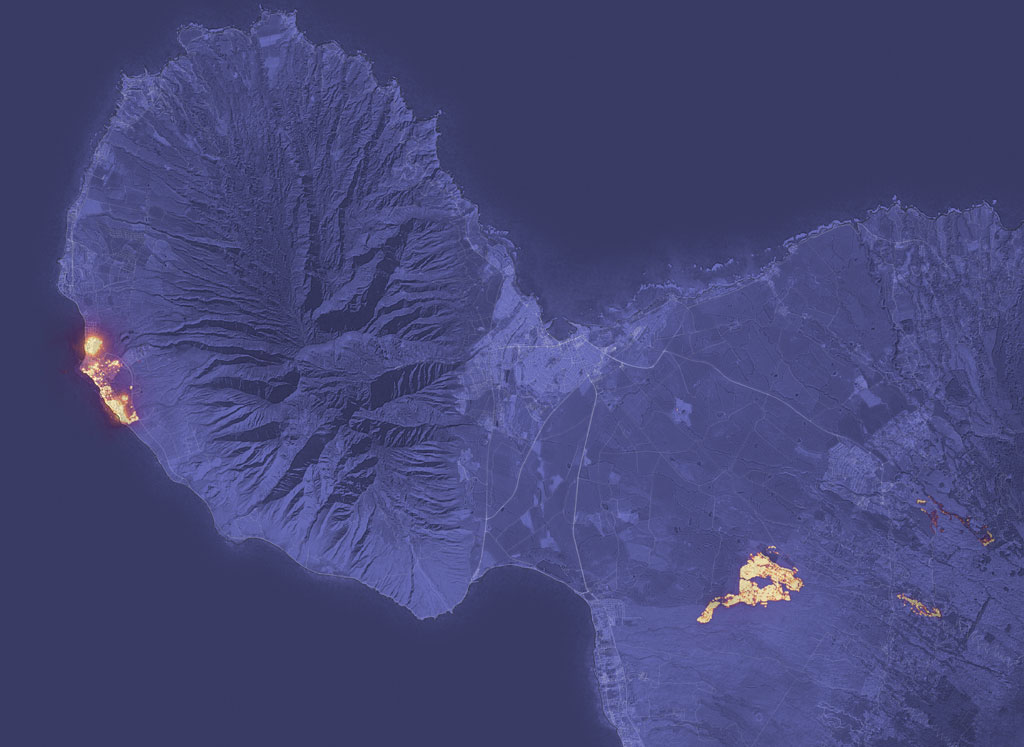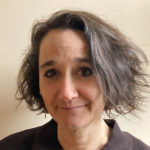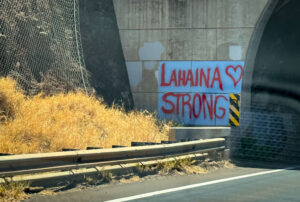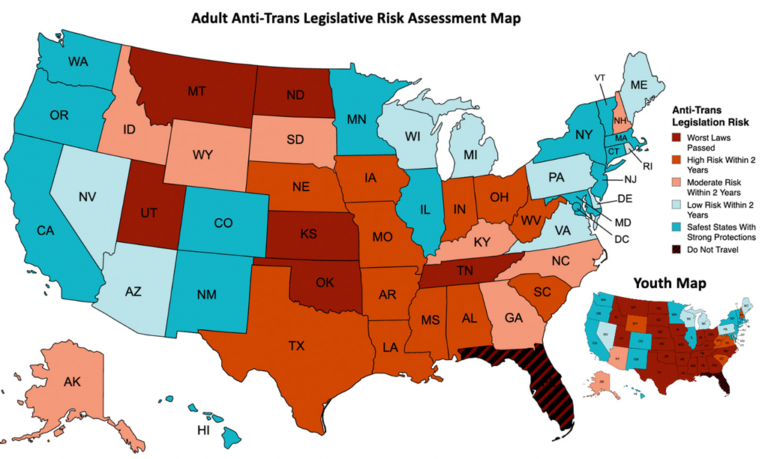Climate Change and the 2024 Annual Meeting in Honolulu


This summer has been suffused with visceral reminders of the consequences of climate change: intense and extended heat waves, poor air quality, high ocean temperatures, and the list goes on. As geographers, we knew climate change was already here, but even so the last few months have caused grief and shock.
The fires in West Maui continue to be particularly upsetting. As I write this column nearly a month after the fire, emergency organizations have confirmed the death of 115 people and have posted the names of another 385 who are believed to be missing. It is one of deadliest wildfires in U.S. history. And history clearly matters here. The Maui fires were enabled by economic and ecological imperialism, as Kanaka scholar Kamana Beamer explained in a recent piece in The Guardian.
Until the nineteenth century, a dense Hawaiian population thrived in an abundant Lahaina landscape that featured flowing streams, waterways that irrigated taro and other crops, and a fishpond. But this sustainable food system was appropriated, manipulated, and in some cases destroyed to enable extractive plantation monocropping that lasted over a century. When the former sugar plantation shuttered its business in 1999, increased diversion of surface waters and the absence of active agricultural cultivation resulted in overgrowth of invasive non-native grasses, shrubs and trees that fueled the fire. As geographers have been arguing for more than half a century, there is no such thing as natural disaster.

While there has been an outpouring of public support, other responses to the fires have been profoundly disheartening. Indigenous and environmental groups are contending with opportunists exploiting the tragedy to grab water and land rights. Residents of West Maui have instead advanced post-recovery visions for reducing inequality and increasing the strength and interconnection of human and non-human communities. That is a future worth fighting for (see the Maui United Way’s response to the fires; the Na’Aikane o Maui Cultural Center, a key player in the fight for Kanaka land rights; and ongoing efforts by the Hawai’i Alliance for Progressive Action).
All this means that climate change and AAG’s role in mitigating or exacerbating it are heavy on my mind.
AAG’s Work on Climate Thus Far
Thanks to the big-picture thinking of the Climate Action Task Force and the efforts of staff, AAG has made some important initial steps in mitigating its climate impacts. The entire AAG endowment has been de-carbonized, so that we no longer financially support the fossil-fuel industry. AAG has moved into a LEED Gold building, notably reducing its day-to-day emissions. The first cohort of the Elevate the Discipline program, intended to increase geography’s impact on public policy, is focused on climate change. Through these and other programs, Gary Langham and the AAG staff have made it clear that they are serious about climate change.
AAG’s remaining climate impacts come primarily from the annual meetings. That means that AAG as an organization and we as a discipline will need to make some hard choices if we are to have any hope of bringing our net emissions down to 0 by 2050 as spelled out in our climate action commitment.
Mitigating the Climate Impacts of Annual Meetings
There are multiple options that we could pursue to mitigate the impacts of our annual meetings.
While many other professional societies have backed away from hybrid conference models because they are expensive and logistically challenging, AAG is continuing to make it possible to attend the annual meeting virtually. Thus, one approach would be to eliminate or reduce travel emissions via virtual attendance and the node model pioneered this spring. Nodes would have the added benefit of allowing us to contract with smaller hotel chains and vendors with better approaches to mitigating their impacts.
Another option would be to change the pattern of our annual meetings more radically, holding large in-person conferences every other year. In the alternate years, AAG could organize a set of smaller “hubs” connected by video-conferencing, perhaps linked to the existing regional meetings; an entirely virtual meeting every other year would reduce emissions further. In either case, it would take creative thought to enable the intellectual community building that is such an important component of the annual meeting, but I believe it is doable.
A third option would be some sort of offset. As geographers and others environmental scientists have demonstrated repeatedly, offsets have a terrible track record. Leaders of the Energy and Environment Specialty Group recently suggested instead that AAG make a long-term investment in an alternative energy project that might actually offset some of our emissions, preferably one with a strong social justice component. If it were possible to find a legitimate project, this could be an important component of AAG’s climate mitigation strategy.
Over the long term, we need to pursue some combination of these more interventionist approaches (along with other creative ideas from the Climate Action Task Force and AAG members), if we are to have any hope of moving AAG to net zero. The bottom line here is that AAG is going to have to change, and to change radically. That means we as geographers will have to, too.
Immediate steps AAG members can take to mitigate the annual meeting’s climate impacts
There are things AAG members can do immediately to reduce the climate impact of the annual meeting: attend virtually and/or help to organize a node.
Attending virtually is one straightforward way to reduce emissions associated with the 2024 annual meeting. We need to work on making virtual attendance more engaging, though. AAG’s data shows that in the past few years, the average virtual participant attended fewer than two full sessions: their own and part of another. Thus, I would encourage anyone going the virtual route to think carefully about viable ways to increase their engagement with the annual meeting. I would also encourage specialty groups to develop at least one virtual networking event for their members.
Another thing members can do to reduce the carbon footprint of the 2024 annual meeting would be to help organize a node. This approach was pioneered last year with a mini-conference that brought together geographers in Montreal, and a watch party for students at Cal State Fullerton. Both were very successful, but organizing them took a substantial amount of work. If more people volunteered to help organize it would make a big difference. If you are interested in co-organizing a node, please contact Patricia Martin or Betsy Olson, the current co-chairs of the Climate Action Task Force.
Our work to reduce AAG 2024’s impact on carbon and climate change is intertwined with the important work so many are putting into centering Indigenous Hawaiian history, knowledge, struggles, and victories at the meeting in Honolulu. I hope, too, that all virtual attendees and nodes will prioritize attending the talks, panels, and featured sessions that focus on Kānaka Maoli. As geographers, we know that climate change is inextricably social and biophysical: prioritizing one at the cost of another cannot move us forwards.
I am very grateful for Neil Hannahs and Aurora Kagawa-Viviani’s review of and suggestions for this column.
DOI: 10.14433/2017.0137
Please note: The ideas expressed in the AAG President’s column are not necessarily the views of the AAG as a whole. This column is traditionally a space in which the president may talk about their views or focus during their tenure as president of AAG, or spotlight their areas of professional work. Please feel free to email the president directly at rlave [at] indiana [at] edu to enable a constructive discussion.


